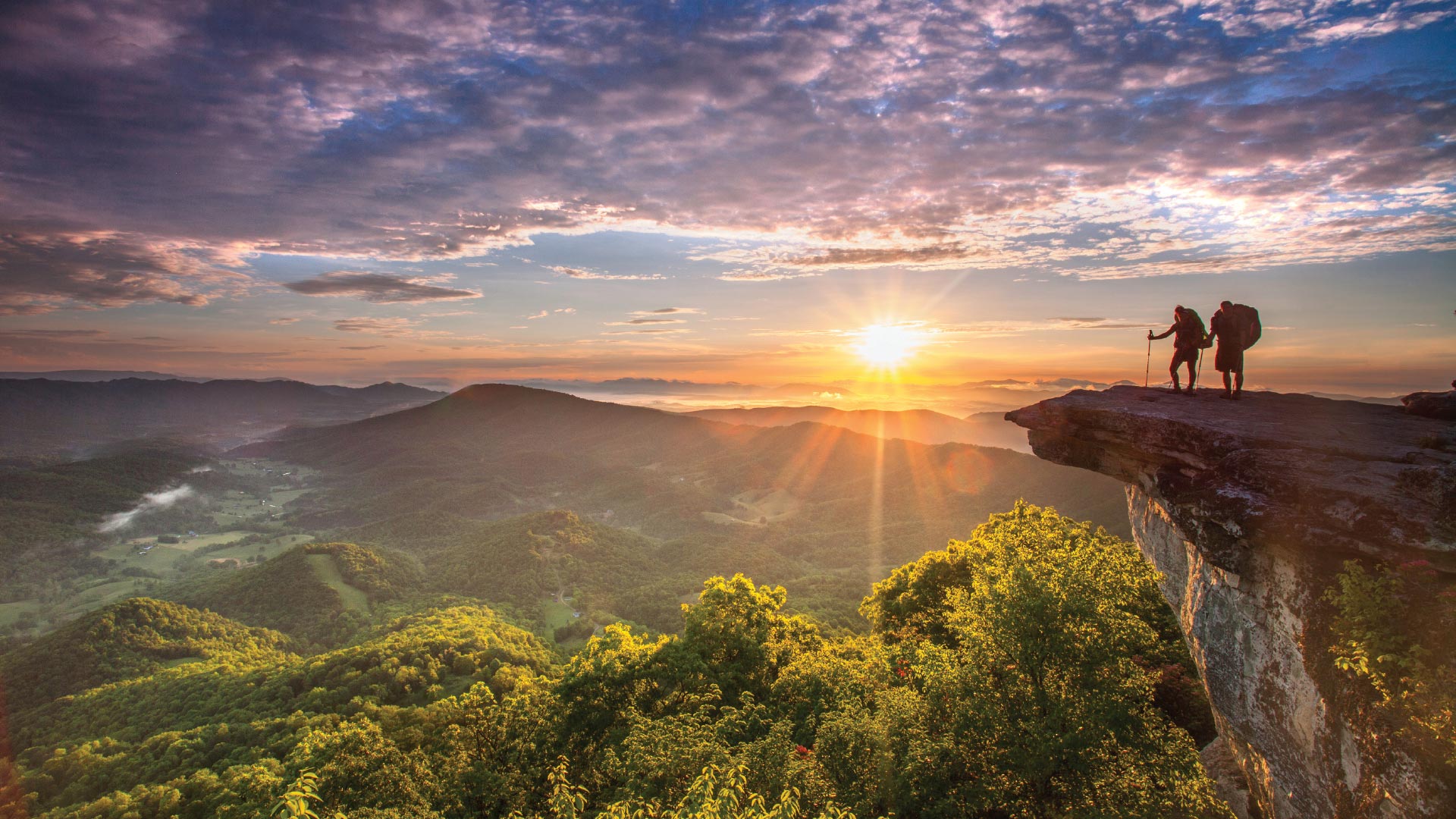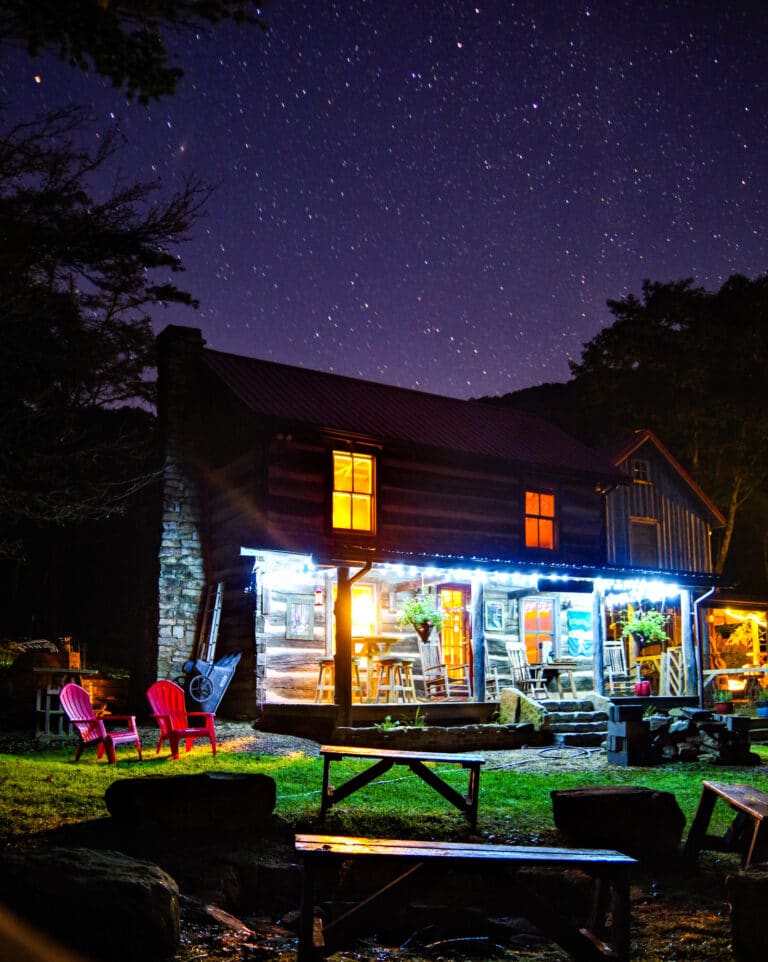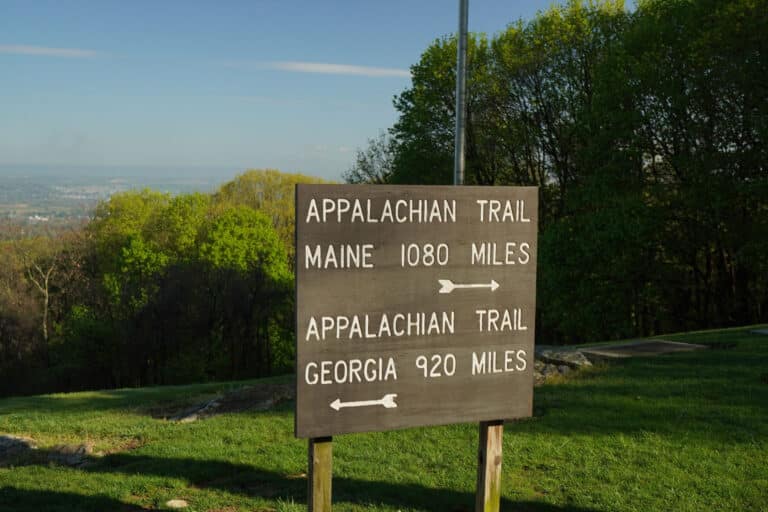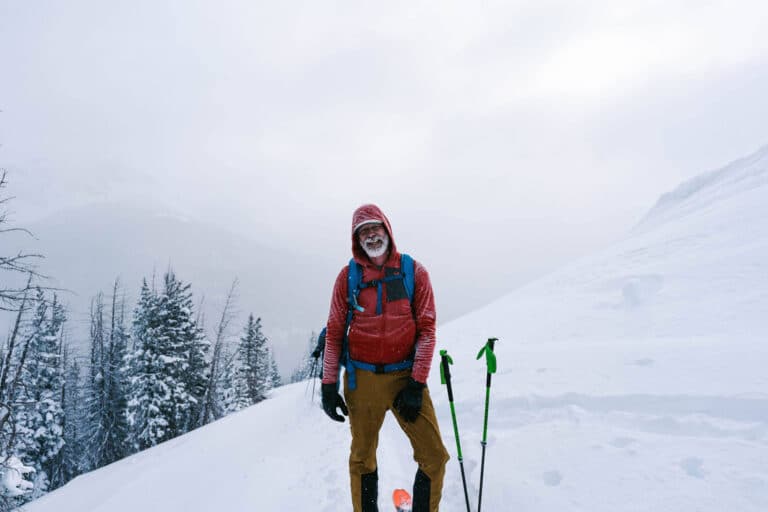By Jed Ferris and Rachel Hicks
Nine-Year-Old Girl Plans A.T. Thru-Hike for Charity
Alexandria Amadoro from Hamburg, Pennsylvania, spent the summer training for an upcoming thru-hike of the Appalachian Trail, a journey she’s undertaking in an effort to raise more than $3 million for St. Jude Children’s Research Hospital. As a child, she saw a fundraising letter from the hospital and asked her parents why the child on the paper had no hair. When she found out about kids with cancer, she ran to her piggybank and wanted to make a donation. Now she’s hoping to make a much bigger one by blending her love of hiking with a desire to help others (Fundraising efforts have already started at goalexandriago.org).
“We always tell her to dream big so we have to support her,” Alexandria’s father, Eddie, told the Kutztown Area Patriot. Eddie will join Alexandria when she attempts a complete hike of the nearly 2,200-mile trail from Georgia to Maine next spring. Meannwhile, she’s been training on portions of the trail near home with day hikes and one 70-mile multi-day backpacking trip. She’s also been meeting current thru-hikers, and, with her family, assisting with acts of Trail Magic. Of getting acquainted with other A.T. hikers she said: “It makes me realize that you’re never alone, that you always have someone there rooting you on and that those hikers become your friends. You can really depend on them to be there when you need them.”
Whitewater Center Adds Protected Land
In June, the U.S. National Whitewater Center added 193 acres to its gradually expanding property. With help from $1 million awarded by North Carolina’s Clean Water Management Trust Fund, the recreation hub, located northwest of Charlotte, acquired the land in partnership with the Catawba Lands Conservancy. Through an easement, the land addition also grows the conservancy’s 1,060-acre Long Creek conservation area, which helps protect the watershed of the nearby Catawba River. The acquisition also added 1.5 miles to the steadily developing Carolina Thread Trail.
Hurricane-Displaced Cyclist Gets Fresh Start in Virginia
After living with no electricity or running water for four months, a result of the devastating aftermath of Hurricane Maria, Andres Pertierra decided to it was time to leave his long-time home in San Juan, Puerto Rico. So in June he joined his wife, who moved ahead of him, to start a new life in Williamsburg, Va. To help himself get adjusted, Pertierra, 50, is planning to concentrate on his passion for cycling, particularly training aspiring riders. In Puerto Rico he spearheaded a program called PowerClad, which focused on cycling endurance and safety, and he recently started a similar group program in Virginia. Pertierra now leads riders every Sunday morning from the local Studio A Fitness, where his wife works. In a story in the Williamsburg Yorktown Daily, he said teaching cycling is helping him get acquainted with his new home: “It feels weird because we’re in a brand new place but Williamsburg people are amazing, they are so welcoming.”
Big Money: Jobs, Jobs, Jobs
Outdoor recreation generates 7.6 million national jobs, almost $900 billion in consumer spending, $65.3 billion in federal tax revenue and $59.2 billion in state and local tax revenue. In the South, recreation provides far more jobs than coal, oil, gas, or timber. Here is a breakdown of outdoor recreation revenue by state and how it compares to other industries.
North Carolina $28 billion
Outdoor recreation generates $3.1 billion consumer spending than all financial services and insurance ($24.9 billion) in North Carolina
South Carolina $16.3 billion
Outdoor recreation provides 151,000 in South Carolina, which is 43,000 more jobs than the automotive industry and aerospace industry combined (108,000)
Georgia $27.3 billion
Outdoor recreation provides 238,000 jobs in Georgia, which is 31,000 more jobs than the state’s entire auto industry (207,000)
Alabama $14.0 billion
Outdoor recreation provides 135,000 jobs in Alabama, which more than twice as many jobs as the auto industry (57,000)
Tennessee $21.6 billion
Outdoor recreation provides 188,000 job in Tennessee, which is 62,000 more jobs than auto manufacturing (126,000)
Pennsylvania $29.1 billion
Outdoor recreation provides more than three times as many jobs in Pennsylvania (251,000) as the natural gas industry (72,000)
Maryland $14 billion
Outdoor recreation sustains a comparable number of jobs in Maryland (109,000) to IT and cybersecurity (117,000)
Virginia $21.9 billion
Outdoor recreation provides 197,000 jobs in Virginia, which is more than all of the software developers, web developers, and systems and cyber security analysts combined (105,000)
West Virginia $9 billion
Outdoor recreation provides 91,000 jobs in West Virginia, which is nearly twice as many jobs as the coal industry (49,000)
Kentucky $12.8 billion
Outdoor recreation provides 9,000 jobs in Kentucky, over twice as many as distilling (4,300)
Bad Driver Fakes Jogging to Evade Police
In July, an unidentified 19-year-old man flipped his car in Madison, Wisconsin, and then tried to avoid responsibility after fleeing the scene by removing some clothes and pretending to be a runner. Police Chief Mike Koval told the Wisconsin State Journal: “The suspect driver fled and stripped some clothing, but was caught by officers after he initially claimed he was an uninvolved jogger.” Fortunately nobody else was involved when the driver hit a curb after over-correcting a turn; he was ticketed for failure to have control, hit and run, and operating a vehicle after license revocation. According to police, he was not impaired.
“I love to rock climb in my spare time, and I think we’ve created something pretty special.”
—Country music star Kip Moore on the opening of BedRock at the Red, his new hiking and climbing lodge located in Rogers, Kentucky, that offers prime access to the premier routes of the Red River Gorge.
City Cycling Hazardous to Your Health?
Initial findings of a recent study revealed cyclists are breathing in significantly more air pollution than people who are using alternative modes of transportation. The concern: inner-city pollution may be outweighing the health benefits of cycling. So far, dozens of cyclists in New York City have been recruited for the five-year study. They’re each wearing a gadget that measures how much soot they’re consuming per day. When soot penetrates deep into the lungs and bloodstream, it heightens the risk for respiratory illnesses like asthma and lung cancer. At rest, an average person breathes in eight liters of air per minute. While cycling, that increases to 70 liters per minute. Preliminary results have found that cycling behind cars increases pollution intake versus cycling beside traffic, so the study hopes to inspire more bike-friendly paths.








